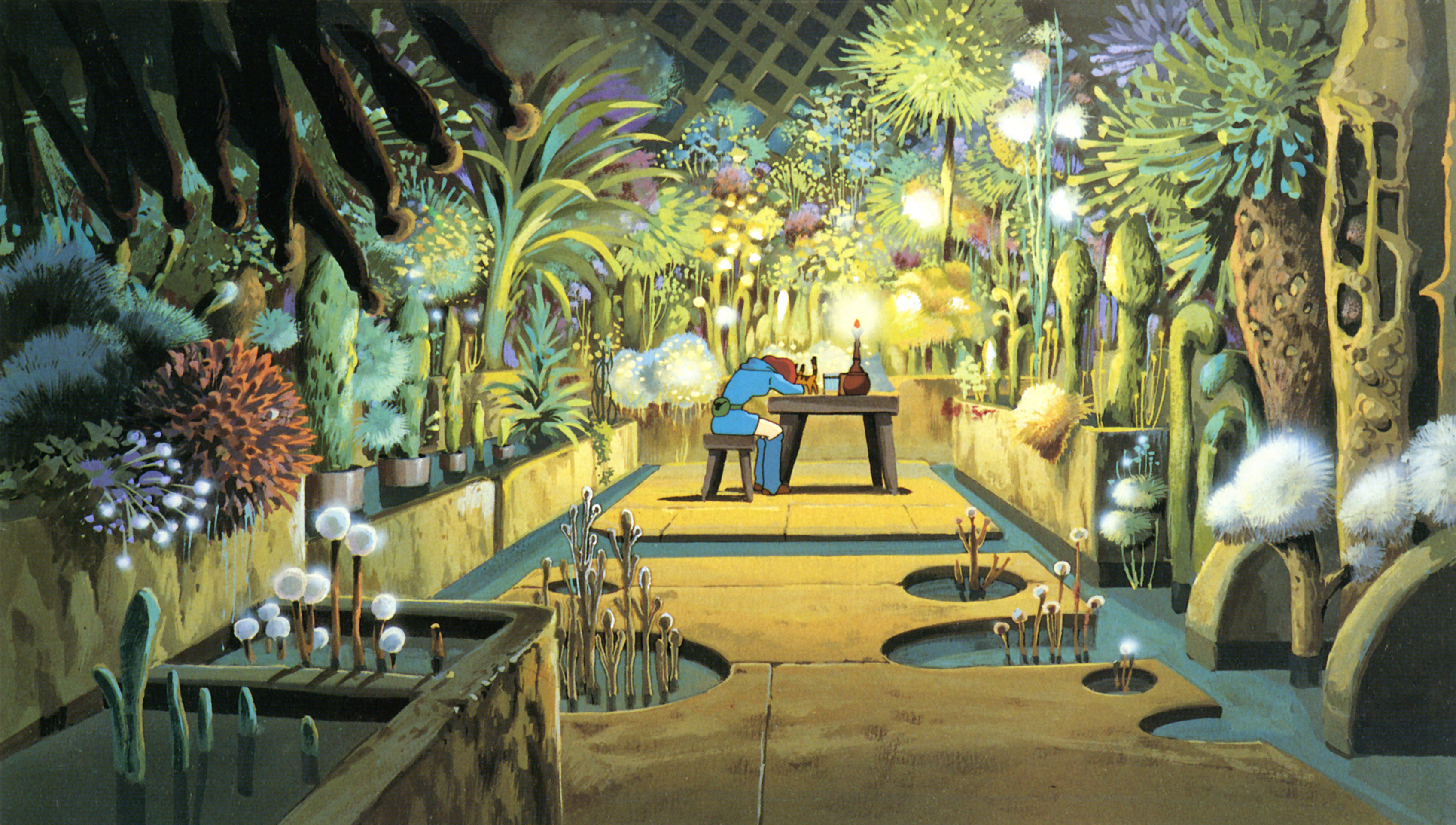“Dear White People” (2014) boldly tackles the intricate issue of racism on campus, through the lens of multiple black students. It addresses the diversity within the black student community, and examines a few identities outside of white race or black race — although not deeply.
The central incident is the “African American”-themed Halloween party put on by white students at the Winchester University, a fictional Ivy League school in which the black students are mainly marginalized, oppressed, and implicitly (and explicitly) forced to be in their corner. The invitation for the party was almost exactly quoted from the real party at the University of California, San Diego in 2010 (Post-Racism? Yeah, right).
Think of your favorite movie from the past; the chances are, most, if not all, of the important characters in that movie are white and heterosexual. On the contrary, “Dear White People” gives life to many black characters that were often marginalized in U.S. movie screens, including one gay black man. Through the eyes of Lionel Higgins, the movie touches the issue of intersectionality between race and sexual orientation, even if briefly. Another aspect about identity that this movie represented is the particular difficulty of being a multiracial person, as seen when Sam White talks about her interaction with her white father. Is the movie entirely inclusive of all identities? Definitely not. I can make a whole list of identities that were unmentioned in the movie. However, it can serve as a discussion-starter for looking far and beyond the binary of white vs. black, gay vs. straight, and so on.
The movie tries to bust the white-or-black binary by including one character that is neither. As the only Asian-American member of the Black Student Union, Sungmi suggests BSU to collaborate with the Asian-American and Latin@ organizations on the Halloween night to break into the African-American-themed party. I felt like she represents the whole rest of the spectrum of races — people that identify as neither black nor white. Unfortunately, her character’s identity and existence was attached to the black-ness, which didn’t give her much room to be defined outside of the white-or-black binary. But without her, the whole spectrum of races went entirely unmentioned. Sungmi speaks to the invisibility of oppression directed towards Asian, Latin@, and Arab students — and many, many more.
The audience filled up most of the State Theater screening room, about half of whom were perceivably people of color. They laughed, awww’d, oooh’d, and cheered as they found the story resonate with them. They left the theater talking about their identities, mostly about their race. Perhaps the biggest contribution that “Dear White People” is making to the society is its ability to bring people in the theater to share the emotions surrounding race, and continue talking about their identities and how those affect their lives.
Dear White People (and everyone else). Please watch this movie. And think about your identities, and how you perceive racism, sexism, heterosexism, and all other -isms based on your identities.







